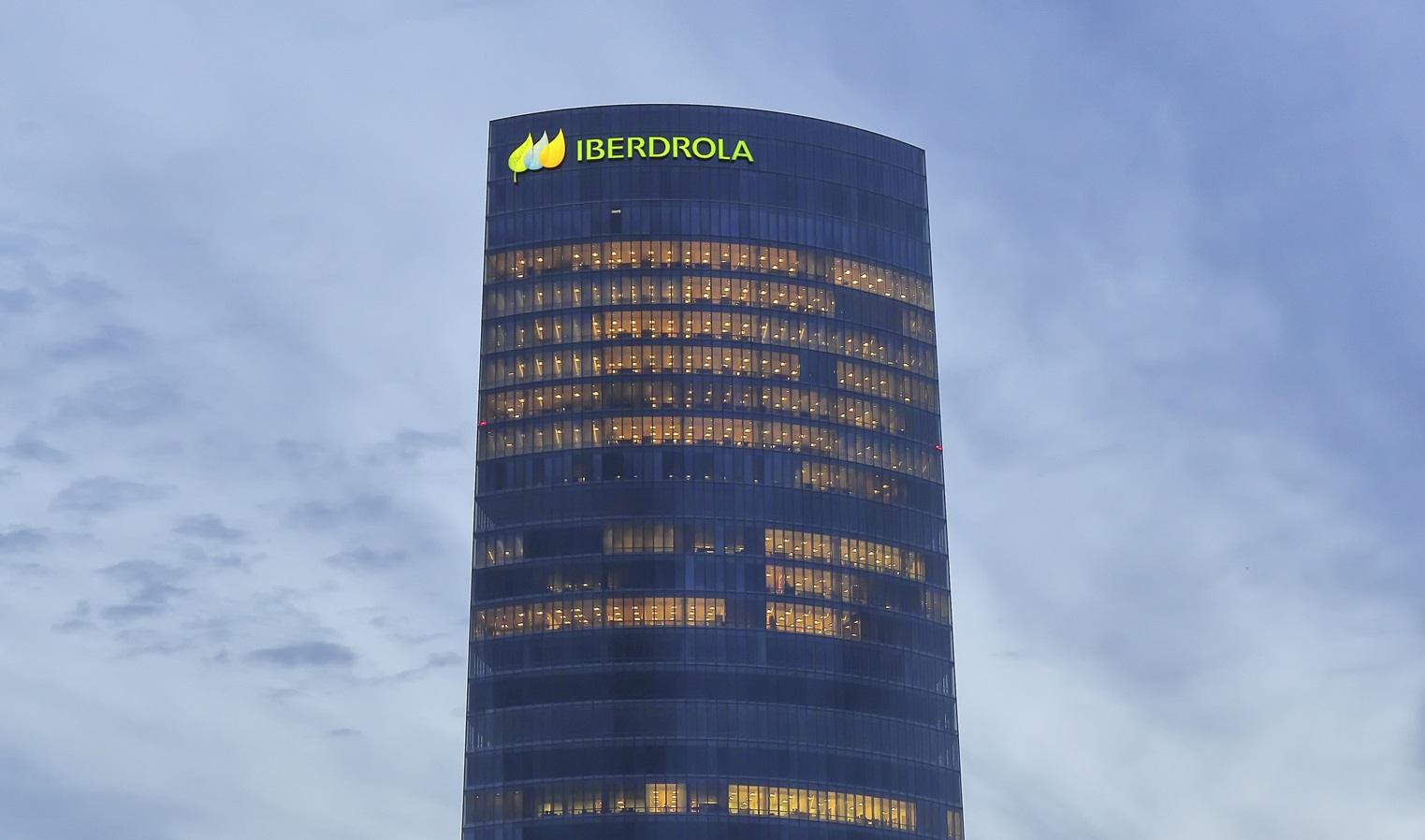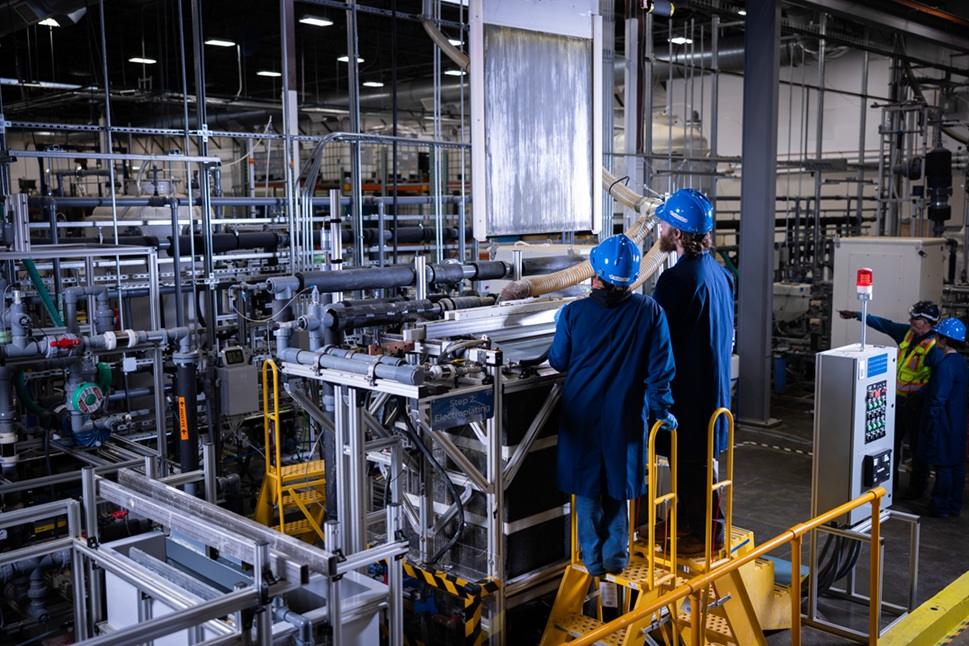HSBC Launches New Net Zero Transition Plan
HSBC announced the release of its 2025 Net Zero Transition Plan, setting out the bank’s updated strategy and implementation plan, as well as its progress to date, towards achieving its climate transition goals.
With the release of the updated plan, HSBC reaffirmed its ambition to become a net zero bank, including its target to achieve net zero across its financed emissions, operations and supply chain by 2050.
The new publication also reinstates updated interim 2030 financed emissions reduction targets for HSBC’s key carbon-intensive sectors, after the bank suspended them earlier this year.
According to HSBC, the new plan comes as its clients continue to prioritize climate change in their strategies and planning, citing a survey the bank conducted across its global markets indicating that 80% of its customers expect their company to accelerate their approach to the climate transition in the next three years, while 60% already consider the transition is a key commercial strategic area of focus, and another 37% said it is a growing area of focus.
HSBC also indicated a significant increase in sustainable finance and investment activity this year, reaching $54.1 billion in the first half of 2025, up by 19% over the prior year. In the report, HSBC also revealed that it has reached approximately $448 billion towards its goal to provide or facilitate $750 billion to $1 trillion in sustainable finance and investment by 2030.
HSBC initially set its climate goals in 2020, including a commitment to reach net zero carbon emissions in its own operations and supply chain by 2030, and to align its financing activities with the goals of the Paris Agreement. In the subsequent years, HSBC set a series of interim targets to reduce its financed emissions footprint within its top carbon-intensive sectors, and in early 2024, the bank launched its inaugural Net Zero Transition Plan.
In February 2025, however, HSBC pulled back on some of its initial climate goals, citing the “slower pace of the transition across the real economy,” in areas including climate technology, energy transition, and government policy, and announced that it had placed its interim financed emissions targets under review, noting a “slower than envisioned” pace of decarbonization globally impacting its ability to reach its goals.
Specific factors cited by the bank at the time that it said were holding back progress included “technological advancements, diversification of the energy mix, market demand for climate solutions, evolving customer preferences, and government leadership and effective policy.”
In its new update, HSBC said that its new transition plan is focused on helping customers navigate the complex transition to net zero, which has become exacerbated by the evolving geopolitical and macroeconomic landscape, as well as the uneven transition emerging across different sectors and region.
In the report, HSBC Group CEO Georges Elhedery said:
“Against this wider landscape, we have refined our approach. Developed in the spirit of putting our customers at the heart of everything we do, our updated Net Zero Transition Plan reflects the realities of an evolving transition playing out very differently across the global economy – and the scale of opportunity it presents our customers.”
The bank added that it has developed a new commercial strategy to support Corporate and Institutional Banking and Commercial Banking customers’ transition, informed by a review of thousands of customers’ transition plans to enable a focus on mobilizing capital and capabilities towards areas where customer demand and real economy impact are greatest.
As part of the new transition plan, HSBC release updated 2030 financed emissions reduction targets for its key emissions-intensive sectors. HSBC’s financed emissions targets cover sectors including Oil & Gas, Thermal Coal and Mining, Power and Utilities, Automotive, Aviation, Iron and Steel, and Cement. The bank said that 97% of its total reported emissions are associated with its financing of customers in the sectors in scope of its financed emissions 2030 targets.
While the prior targets were fixed, the new targets are presented as ranges. For the oil and gas sector, HSBC’s new 2030 target is for a 14% to 30% reduction from a 2019 baseline, compared to its prior goal of a 34% reduction, while HSBC’s thermal coal target of a 70% reduction remains unchanged, and aligned with its thermal coal phase-out policy. While several of its new target ranges are less ambitious than its prior goals, HSBC said that the lower bound of each range aligns with a long-term global warming pathway of 1.5°C based on the IEA’s NZE (Net Zero Emissions by 2050) scenario, and the upper bound with a 1.7°C warming pathway based on the IEA’s APS (Announced Pledges Scenario).
HSBC reported that it has reduced its direct Scope 1 and 2 emissions by 76% since 2019, and the bank added that its financed emissions have been reduced by 30% from baseline.
In a post announcing the release of the new transition plan, HSBC Group Chief Sustainability Officer Julian Wentzel said:
“Supporting our customers is core to HSBC’s strategy. We want to be our customers’ most trusted financial partner through the transition, mobilising capital at scale to help deliver solutions that can support their growth and resilience for decades to come.”
Click here to access HSBC’s Net Zero Transition Plan.






